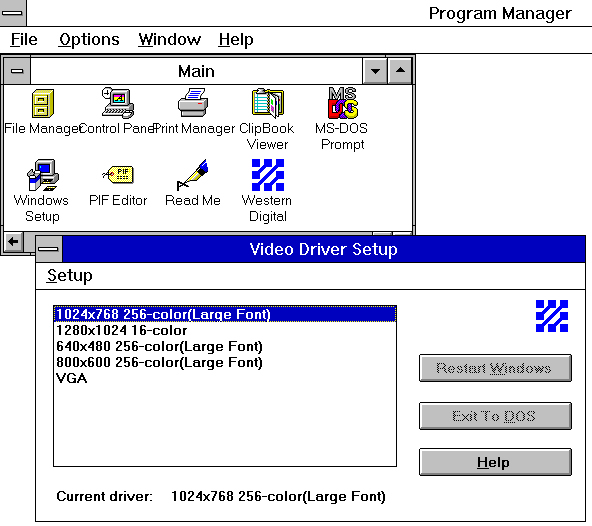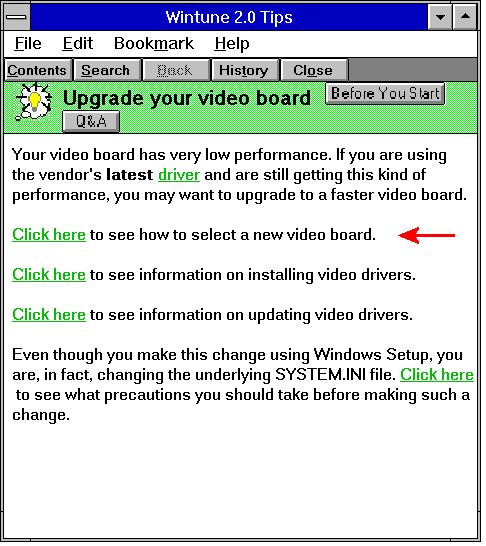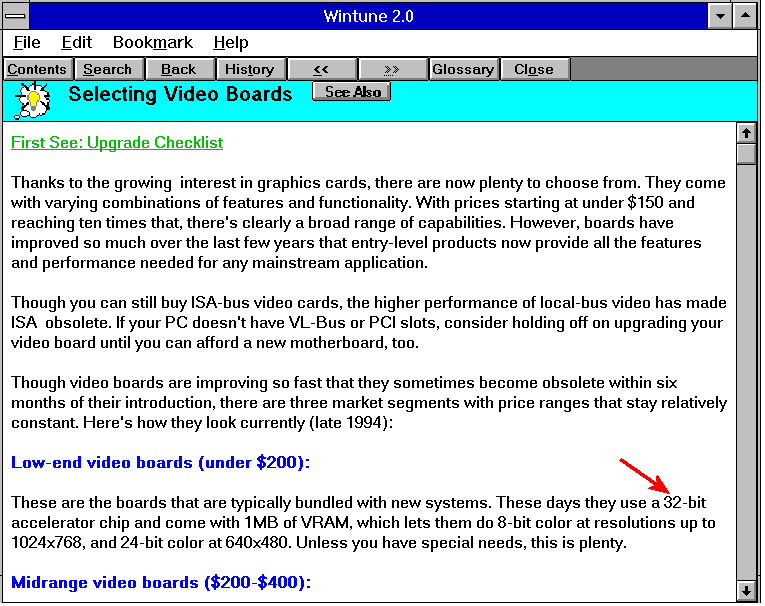First post, by retro games 100
- Rank
- l33t
Introduction
I am testing a Western Digital VGA ISA video card. On the back of the card, there's a sticker saying: FCC ID: DHXDTLE90C31-1. I used this FCC lookup website to discover that the people responsible for this product are called Leading Edge Products Inc.
1) Link to the Windows 3.1 driver. Filename is 90c31.zip. Original source: DriverGuide.
2) Link to the Stason webpage diagram.
3) Link to the DOS utility, but see note 3 below! Filename is 90C3031D.ZIP. Original source: Mpoli files.
Notes
1) If you set the card to a certain resolution and it doesn't work, then see the information below in the section called "Using the card in Windows 3.1".
2) The switch box jumpers are incorrectly labelled on this webpage. Switches 3 and 4 are incorrectly labelled 1 and 2.
3) Oh dear, the Mpoli files website can't be accessed at the moment. I really hope this is only temporary. I haven't tested this file yet, because I can't download it. However, it's probably a VESA utility, and I've found a whole bunch of them inside one zip file, for various VGA cards, including Western Digital. It's here.
The card
Using the card in Windows 3.1
I set the resolution to 1024x768, but the refresh rate wasn't LCD friendly, and my LCD displayed an "out of range" error message. However, I consulted the Stason diagram webpage (link 2 above), and the refresh rates can be altered using the "switch box" on the right hand side of the card. I set switches 2 and 4 to off, and now I can use the card at 1024x768 @ 60Hz. Below is the simple Windows 3.x Western Digital control panel.

Questions
1) Are all Western Digital ISA VGA cards called Paradise, or only some of them?


